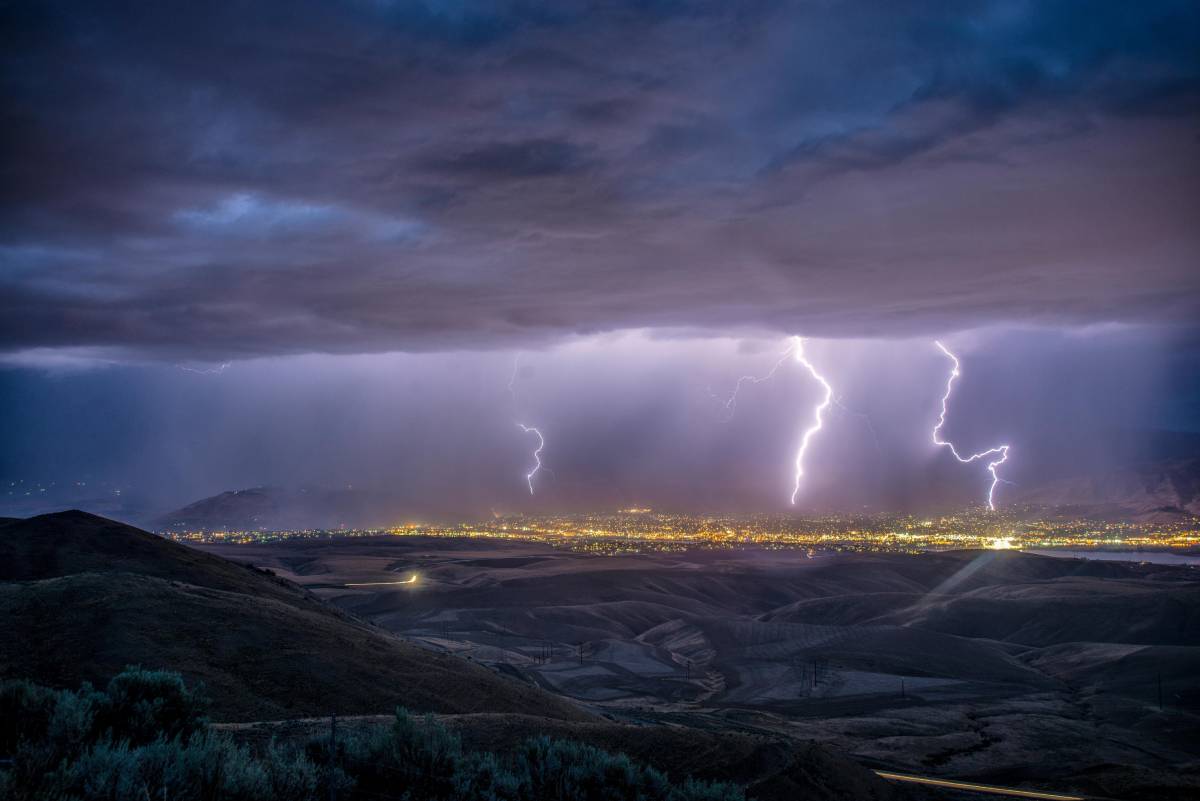Lightning Strikes and WISPs: Safeguarding Your Network Infrastructure
- by ISPadmin
- 2024 / 02 / 22
- Regulatory
Introduction


The vulnerability of outdoor network infrastructure to lightning strikes is a significant concern for WISPs. Lightning can cause severe damage to equipment, disrupt services, and result in downtime. In this blog post, we will explore best practices to protect WISP infrastructure against lightning strike damage.
- Lightning Protection Systems: Install comprehensive lightning protection systems, including lightning rods, grounding systems, and surge protectors. Lightning rods should be strategically placed on high points of structures, while grounding systems should be designed to carry lightning energy safely into the ground. Surge protectors should be installed at key points in your network, such as where cables enter buildings or connect to equipment.
- Grounding: Proper grounding is crucial for dissipating the energy from a lightning strike safely. Ensure that all equipment and structures are effectively grounded. Use grounding rods and maintain low-resistance connections. Regularly inspect and maintain grounding systems to prevent corrosion and degradation.
- Surge Protectors: Invest in high-quality surge protectors for your network equipment. These devices can redirect excess energy from lightning strikes away from sensitive components, safeguarding your infrastructure. Consider both primary and secondary protection to cover various points of entry for electrical surges.
- Isolation and Shielding: Isolate critical equipment in shielded enclosures to reduce the risk of direct strikes. Shielding can help contain and redirect the energy away from sensitive electronics. Additionally, use shielded cables to minimize the risk of induced surges along transmission lines.
- Backup Power Systems: Lightning strikes can cause power outages, jeopardizing the continuity of services. Implement backup power systems such as uninterruptible power supplies (UPS) or generators to ensure your network remains operational during and after a lightning event.
- Monitoring and Early Warning Systems: Utilize advanced monitoring systems to detect changes in atmospheric conditions. Early warning systems can provide alerts when lightning activity is imminent, allowing you to take proactive measures such as shutting down equipment or activating surge protection protocols.
- Regular Inspections and Maintenance: Conduct routine inspections of your infrastructure to identify and address potential issues promptly. Check the condition of lightning protection systems, grounding, and surge protectors. Regular maintenance can significantly enhance the effectiveness of these protective measures.
Conclusion:
Protecting WISP infrastructure against lightning strikes requires a multifaceted approach, combining careful site selection, robust lightning protection systems, and ongoing maintenance. By implementing these best practices, WISPs can mitigate the risk of lightning-related damage, ensuring reliable and resilient internet services for the communities they serve.
Contact us here to learn more about how ISP Revolution can help you deploy with confidence – the first time
RECENT BLOG
MORE INFO
ISP Resolution © 2024 All Rights Reserved
